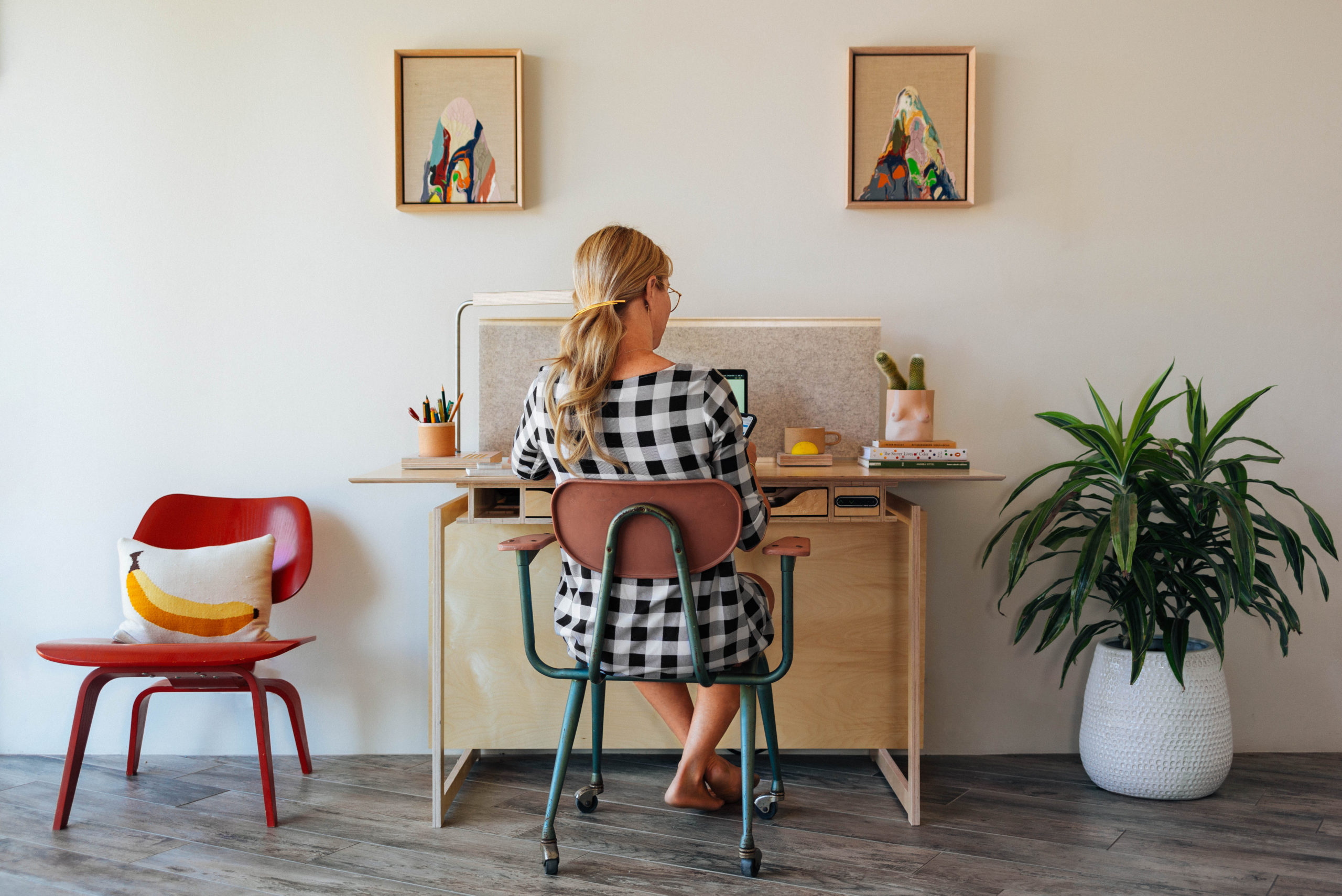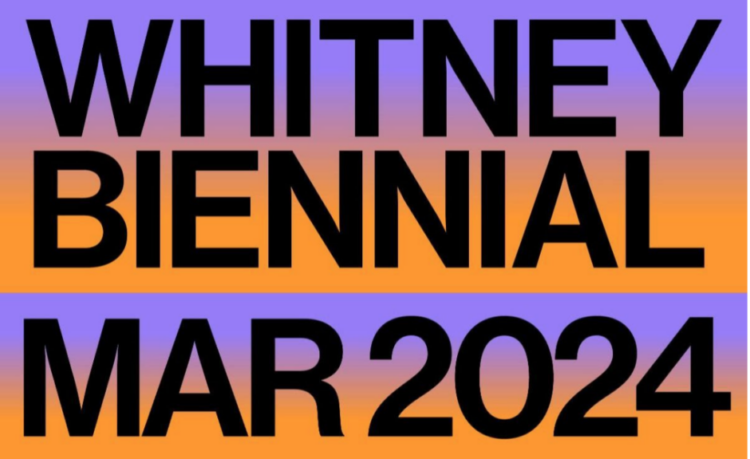Balancing Financial Sustainability with Artistic Integrity: How Matt Moore’s Art Project Became a Livelihood

Architectural rendering of project by Greenbelt Hospitality, a company started by Matthew Moore.
It’s often said that a crisis is a terrible thing to waste, but we may as well say that a crisis is a terrible time to ignore artists. Artists are uniquely skilled at pivoting their work to adapt to challenging circumstances while maintaining the integrity and strength of their vision. Matthew Moore, an artist based in Phoenix, Arizona, provides a perfect example of thriving during unprecedented times. As a fourth-generation farmer faced with the prospect of losing his family’s land to development, he started the Digital Farm Collective as a way to reconnect the general public to the beauty of agriculture. After receiving a Creative Capital Award for the project in 2008, his concept turned from a one-time museum engagement to a nonprofit that put artworks in grocery stores to, finally, a 40-year private-public partnership working with public parks as a company called Greenbelt Hospitality.
Over the years, building museum installations for his work, Moore hired a team to bring the fabrication process in-house. Eventually, they gained contracts designing office furniture for corporations using the same aesthetics he developed in his practice, and became a company, Mateo Goods. Once the economic shutdown during the COVID pandemic erased 80% of his contracts, he used the moment to brainstorm new possibilities—as Moore said, artists often find themselves in situations “where they have to jump off a cliff with no parachute, and make the parachute on the way down.”
After creating PPE to meet sudden needs faced during COVID, Moore realized the knowledge base he had designing offices could also be used to help individuals working from home by creating a suite of products that provides a more creative home work environment. Faced with the possibility of having to lay off his studio team, Moore designed an adjustable-height desk and accessories. Moore and his team have launched an Indiegogo campaign. Because Creative Capital played such an integral part in helping him think about balancing financial sustainability with artistic integrity, he will donate 5% of the proceeds from the company back to Creative Capital. “We have to support each other,” Moore said. “The sustainable career is important, but once we get that, can we provide space for more success for other artists?” Donating proceeds from Mateo’s standing desk campaign is his way of doing just that.
Now more than ever, money follows creativity. And we have to talk about money because we’re talking about livelihoods, getting artists paid wages that they deserve, and being a critical part of the economy, which we are.
Moore used to avoid identifying himself as an artist in certain circles. “I thought business people wouldn’t take me seriously if they knew I was an artist,” he said, but “that’s not the case. That landscape has shifted.” The notion that “artist” is a bad word in non-arts sectors prevents people from thinking of artistic careers as a viable opportunity to make a living, he said, and those assumptions are changing outside of the arts. “Now more than ever, money follows creativity. And we have to talk about money because we’re talking about livelihoods, getting artists paid wages that they deserve, and being a critical part of the economy, which we are.”
When asked what makes a practice sustainable, Moore pointed to how artists can have malleable timelines for their work, from a single-day event to a project that would last generations. Looking at the history of development of his Creative Capital Project, Digital Farm Collective, provided a good example. Faced with losing his family’s farming land to development, Moore wondered how he could share the sense of connection that growing and sharing food gave him as a farmer. When he received a Creative Capital Award in 2008, he saw this budding project as a museum installation at a place like MoMA. Over time, and meeting artists like Jae Rhim Lee and SuttonBeresCuller at Creative Capital Artist Retreats, he came to see the project more as an entire way of thinking about how to make work in general: “It’s a whole ethos about how they engage with public art, the politics of it, the people, the real estate, their own politics and families—that whole thing is the practice, being sustainable has become more like that idea of waking up happy to do your work.”
He turned the project into a nonprofit that allowed him to pitch ideas to companies like Whole Foods and Walmart. After a while, he realized that this put him in the position of fundraising endlessly, and it didn’t necessarily provide a living wage for him, his family, and his team. He decided to sunset the nonprofit, reanalyze, and return to his core concept, asking himself where the agrarian process could be most accessible. For Moore, the answer was public parks. To ensure that he could economically sustain this practice of sharing the beauty of farming, he developed a company called Greenbelt Hospitality, whose mission is to show the beauty of agriculture, “and art was the vehicle of opening up all those doors of deeper discussions.” Moore established a 40-year engagement with the city and community of Phoenix—a generational timeline that felt true to Moore’s farming ancestors, and had, he commented, “the same goals as what I wrote in my Creative Capital application for the award in 2008.” As the company works to sustainably connect the public to farming, the model has also allowed Moore to make artwork, from film installations to community engagement works, as well as giving him and his collaborators a living wage.

Photo of an adjustable-height desk produced by Mateo Goods, designed by Matthew Moore. Photo by Brand Loyal.
Increasingly, Moore says, artists have to look to other models for financial and creative sustainability. He worries that in times of economic hardship, artistic careers seem more like a luxury. Today, he points out, the institutions that artists look to as signifiers of success, like galleries and museums, are also struggling. “We cannot look to them anymore,” he said, “and that’s not just a revolutionary tactic, that’s just financial reality.” While there may always be museums like MoMA, Moore said, we have to ensure that there will always be artists to make work for these arts institutions.
“Creative Capital has really taught us to look to ourselves for that sustainability,” Moore said. Recently, Moore became one of the first members of Creative Capital’s newly established National Advisory Council, a kind of advisory think tank designed to help the organization and artists think about what sustainability means in an economy and art world that is changing so rapidly. “We’re at the precipice of an unknown future in terms of stability of all the organizations that we have looked to for tenets of success,” he said when asked about the new council. Moore has been able to pivot in challenging times because he had the tools and foundation at his disposal—from rebuilding his Digital Farm Collective, to building Mateo Goods, to turn disappearing contracts into a campaign to make home-office furniture. He wants to use his new role at Creative Capital to continue creating nimble assets for artists in transition with their careers and practices. “I want to make sure that artists are still excited about being artists.”
Learn more about and purchase Mateo Goods’ adjustable-height desk on their Indiegogo campaign website.
